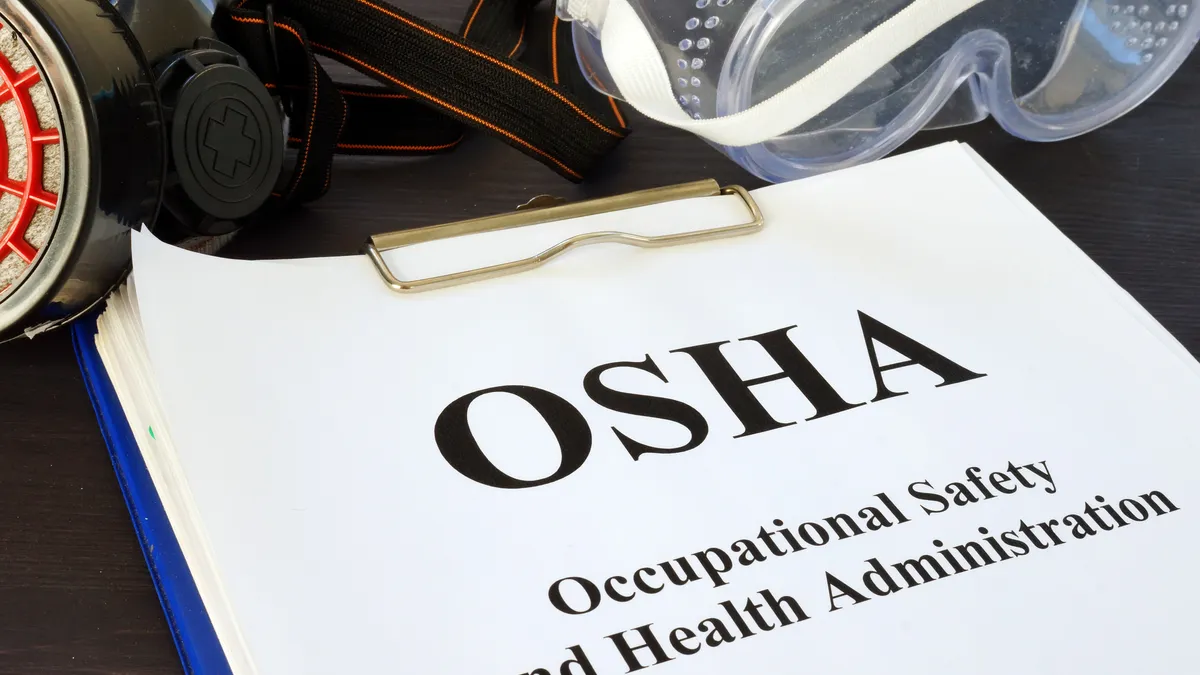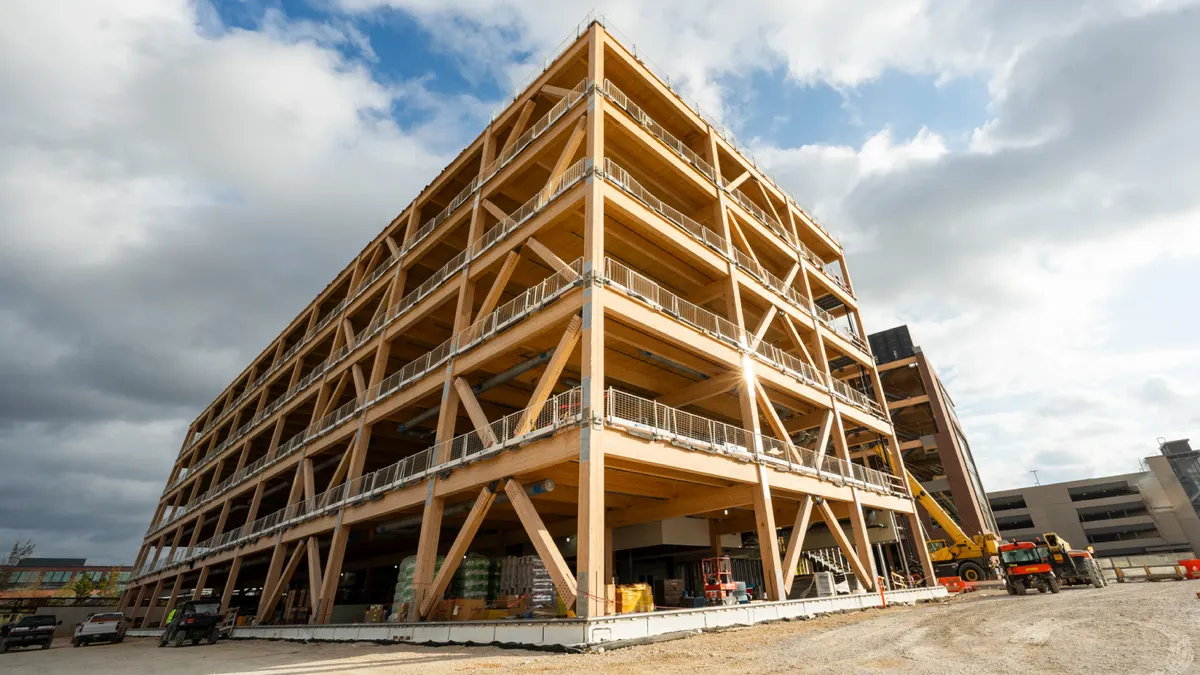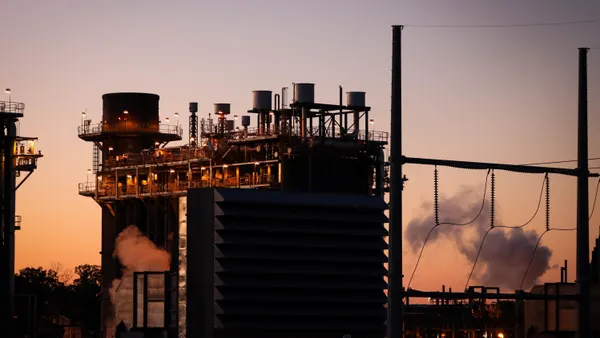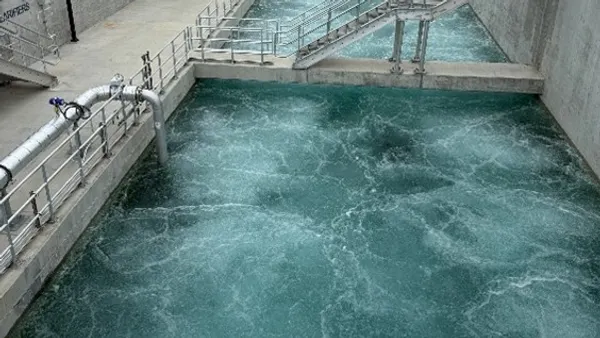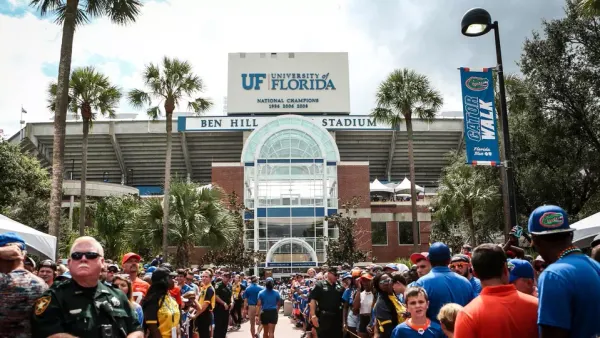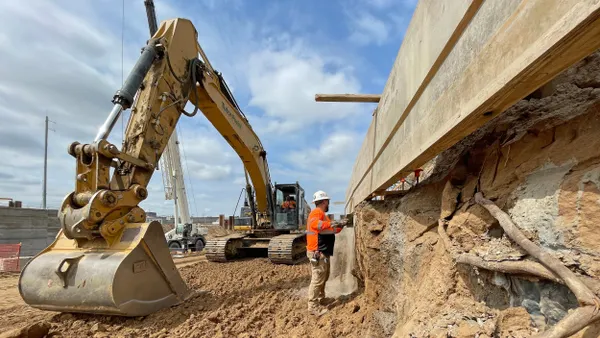Dive Brief:
-
Engineering researchers at the University of Nottigham, in the U.K., have developed a technique for using laser scanners to analyze concrete structures damaged by fire.
-
Although highly fire resistant, concrete structures including bridges, tunnels and buildings still face significant fire risks. Concrete's structural performance is impaired at temperatures greater than 300 C (572 F).
- Researchers used Leica HDS7000 and FARO Focus 120 terrestrial laser scanners to scan concrete structural blocks before and after heating to 1,000 C (1,832 F).
Dive Insight:
Like thermal-camera-outfitted drones, laser scanners could offer first responders a way to quickly and accurately map and determine the structural integrity of disaster zones. Particularly in the event of fire, thermal analysis of buildings and infrastructure can locate possible survivors as well as provide detailed 3-D mapping to rescuers.
Post-fire concrete analysis has largely been an exercise of visual inspection to determine color change indicating structural damage. By adding the M-cam thermal imaging sensor to the Leica HDS7000 laser scanner, University of Nottigham researchers were able to procure visual analysis and structural mapping from a distance. Such remote applications of technology not only improve the safety of first responders and disaster recovery workers, but they can also be applied to heavy civil construction or remote job sites where accessibility is a challenge.
Lasers aren’t the only game in town when it comes to disaster zone mapping and survivor location, however. North Carolina State University has developed cybernetics for bio-bot cockroaches that are being tested for drone-enabled disaster mitigation.



